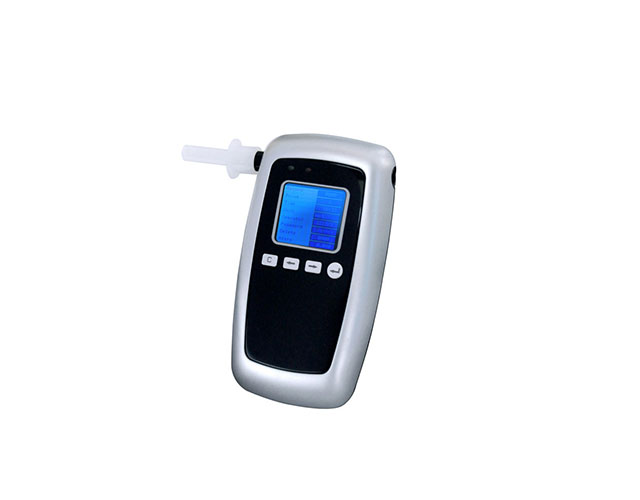Safety first: the future of driving
Published on: 2024-06-27 Views: 1490

Cars will eventually take to the road without the single biggest cause of accidents – the drivers themselves
Imagine a world of self-driving cars. The morning commute passes in serenity and safety, as motorists busy themselves with other tasks while their cars spirit them, magically, from A to B.
Motorways are havens of calm. Vehicles glide between lanes in a dance choreographed by sensors that monitor the position of other road users and allow manoeuvres only when the coast is clear. Best of all, the accident rate is significantly reduced, because the single biggest factor in crashes – human error – is effectively removed.
But with the age of the driverless car many years away, various new technologies are helping make driving safer on today’s roads. The skills of cornering, accelerating and especially braking are vital to a safe journey. Autonomous Emergency Braking (AEB), which is becoming a staple of new-car specifications, employs sensors to detect when an obstacle is in the way, and applies the brakes if the driver fails to react.
When travelling at slow speeds, AEB technology can stop a car in time to prevent a collision. At higher speeds, it reduces the severity of the impact, thereby minimising damage to both the car and its occupants.
“AEB is probably the lowest-hanging fruit when it comes to making cars safer through automation,” according to David Bizley, chief engineer at the RAC. “If every car were fitted with the technology, it would significantly reduce the number of accidents. That’s because drivers not taking notice of what goes on around them is a major cause of collisions.”
Even so, Mr Bizley is quick to recognise that the moment when every car features AEB is some years away. “There are a lot of brand new cars being built now without AEB, and many of these will still be on the road in 20 years’ time,” he says. “This gives you a sense of the timescales we’re talking about in the evolution of the motor car.” For driverless cars, we can expect the transition to take even longer. “Driverless cars are still very much in the development stage, with live trials taking place now,” Mr Bizley says. “So we’re even further away from this technology being commonplace.”
Steve Gooding, director of the RAC Foundation, an independent motoring charity, believes driverless cars will emerge by degrees, rather than in one giant leap. He points to features such as adaptive cruise control, which enables drivers to maintain a constant distance from the vehicle in front, regardless of speed, as part of a gradual progression to full automation.
The same can be said of other technology that is becoming more widespread on roads in the UK. Take lane assist, for example. This warns the driver if they drift between lanes on a motorway, and in some cases gently nudges the steering to reposition the car. Another innovation beginning to appear in cars is the blind-spot sensor. This monitors the area surrounding the car, and alerts the driver if there is something in the way before they pull out.
While such technology greatly enhances road safety, Mr Gooding points out its potential shortcoming. “The less time a driver spends actually driving, the less suited they are to being the ‘fail-safe’ in the system,” he says. “So manufacturers need to address how to keep drivers alert and engaged.”
Another new development in road safety is the growth of safe-driving apps, including Aviva Drive. This app automatically records your car journeys through your GPS, monitoring your braking, accelerating and cornering skills. Once you’ve driven 200 miles, the app gives you a score out of 10 and uses your score to calculate a possible discount on motor insurance.
Adam Beckett, propositions director for Aviva says: “The Aviva Drive app is a great way for people to find out how safely they drive. All app ratings are tailored to each individual driver, so road users can be reassured that if they’re a safe driver, they can score well. Safer drivers may also be able to get a discount off their Aviva car insurance too, so we’d encourage all motorists to put their skills to the test and take on the challenge.”
There’s plenty of time for motor manufacturers and technology companies to respond to the challenge of putting safe, driverless cars on our roads. Meanwhile, automated technology has already changed the experience of driving for thousands of motorists. Best of all, it is helping to make the roads safer for everyone.
